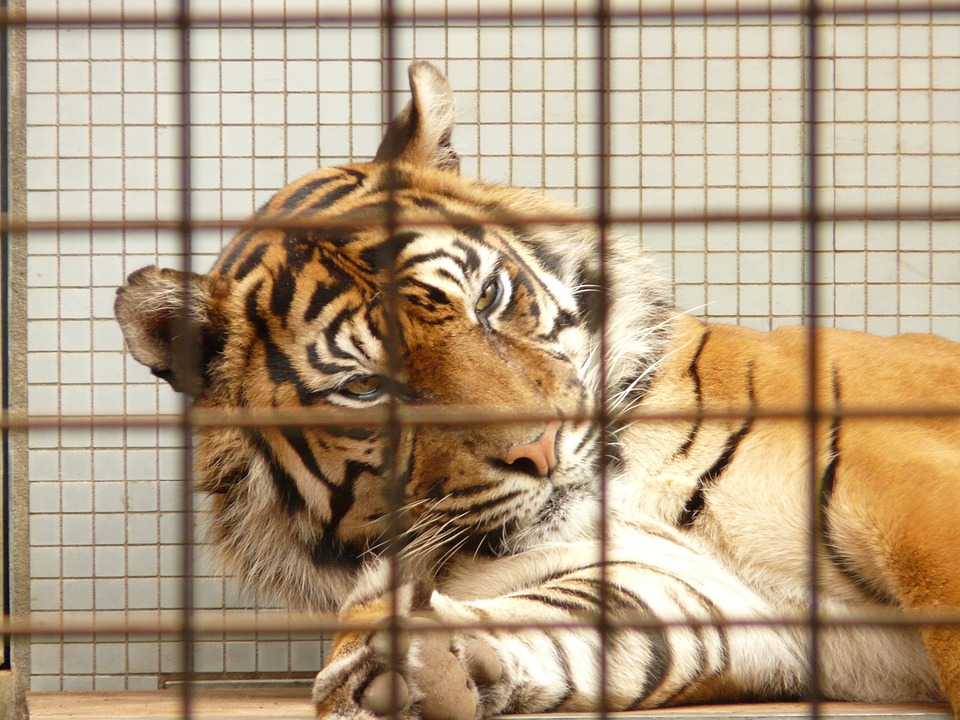- Lao PDR’s Minister of Natural Resources and Environment, H.E. Mr Sommad Pholsena, announced last Friday that the country will shut its commercial tiger farms.
- Lao PDR, with its weak laws and law enforcement and its strategic location close to China, Myanmar, Thailand and Vietnam, has emerged as a key transit hub for the trade of many threatened species including the tiger.
- While the country’s decision has been welcomed, conservationists caution that it will take more than words to actually shut down all of Lao PDR’s tiger farms.
Commercial tiger farms, that keep and breed tigers to meet the demand of tiger parts like skins, bones, teeth, and claws, are believed to fuel tiger trafficking. According to conservationists, these farms increase the desirability of tiger products and put populations of wild tigers at risk.
In January this year, several conservation organizations released a collective letter at the 66th Meeting of the Standing Committee to the CITES demanding that Asian countries like China, Thailand, Vietnam and Lao PDR end tiger farming and trade.
Now, in a move welcomed by conservation groups, Sommad Pholsena, Lao PDR’s Minister of Natural Resources and Environment, announced last Friday that the country was “looking for ways to phase out tiger farms”. The announcement was made during the 67th Meeting of the Standing Committee to the Convention on International Trade in Endangered Species of Wild Fauna and Flora (CITES) in Johannesburg, South Africa.
“Any commercial tiger farms undermine efforts to halt the illegal trade and protect wild animals by complicating enforcement efforts and by facilitating the illegal trade in their parts and derivative products,” Susan Lieberman, VP of International Policy at Wildlife Conservation Society (WCS), said in a statement. “Lao PDR’s plans to shut down their tiger farms is needed to enable better enforcement behind protecting these species.”

More than 200 tiger farms operate in China and southeast Asia, housing some 7,000 to 8,000 tigers in captivity, according to the London-based Environment Investigation Agency (EIA). In contrast, only about 3,000 to 4,000 tigers survive in the wild.
Despite the large number of tigers in captivity, wild tigers in India, Nepal, Bangladesh, and the Russian Far east continue to be poached to meet the demand for tiger products among Chinese consumers.
Lao PDR, with its weak laws and law enforcement and its strategic location close to China, Myanmar, Thailand and Vietnam, has emerged as a key transit hub for the trade of many threatened species including the tiger. So the country’s commitment to end its tiger farms has been welcomed by conservationists.
But it will take more than words to shut down all tiger farms in Lao PDR, Debbie Banks, Head of EIA’s Tiger Campaign, cautioned in a statement.
“If the Minister invites international technical experts to assist with an audit of tigers and facilities and the development of a phase-out plan, it would put Laos streets ahead in implementing CITES measures to end tiger farming,” Banks added. “All eyes now are on China, Thailand, Vietnam and other countries with tiger farms – Will they follow suit and finally commit to ending tiger farming?”
